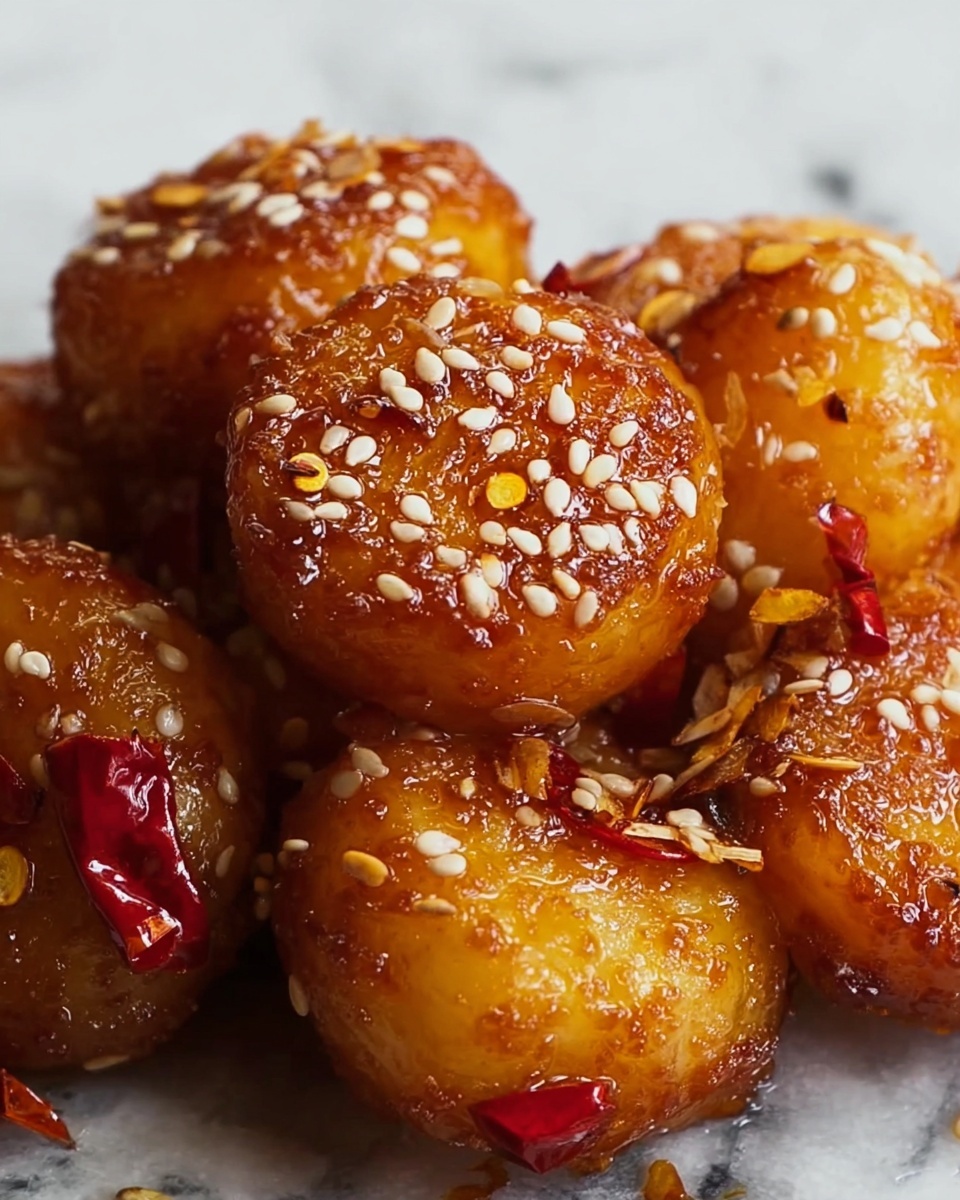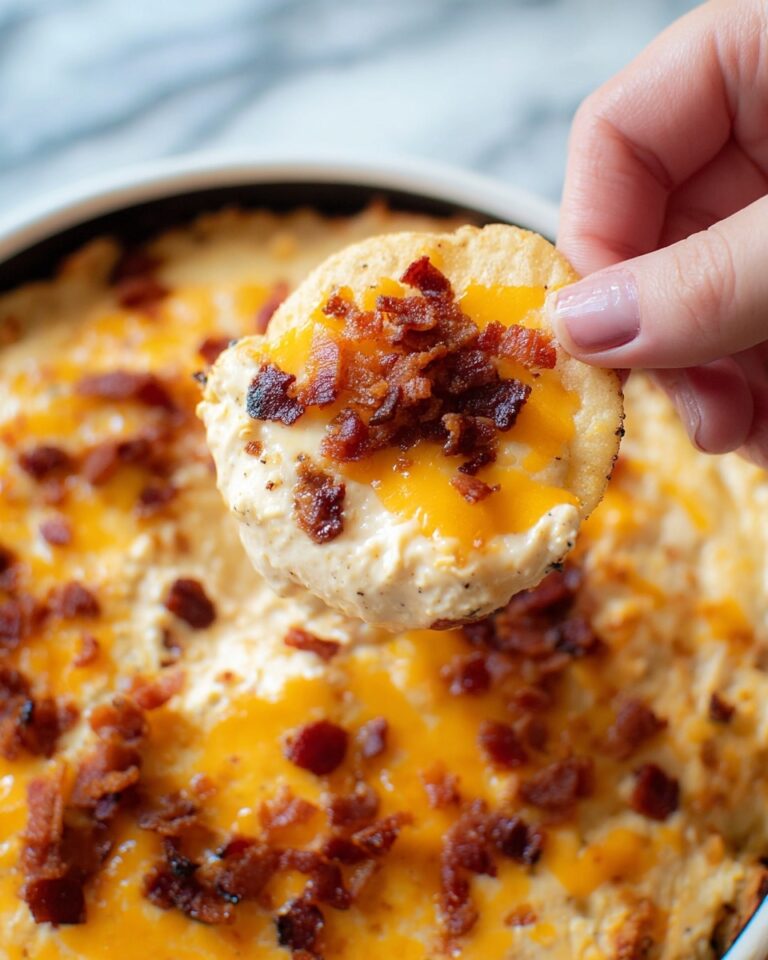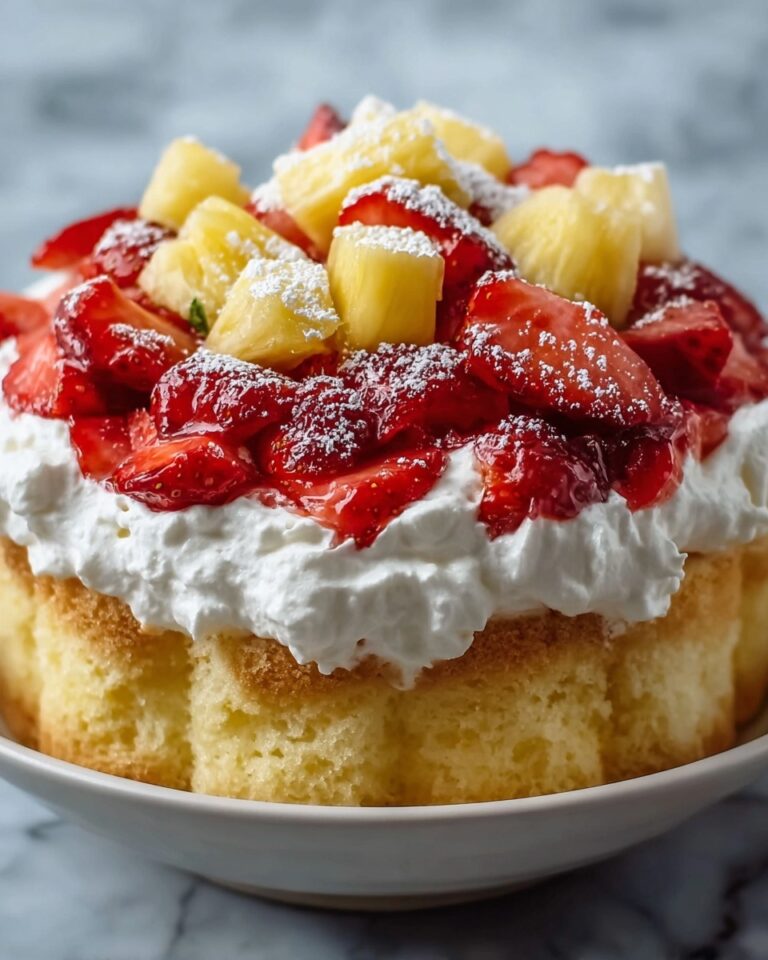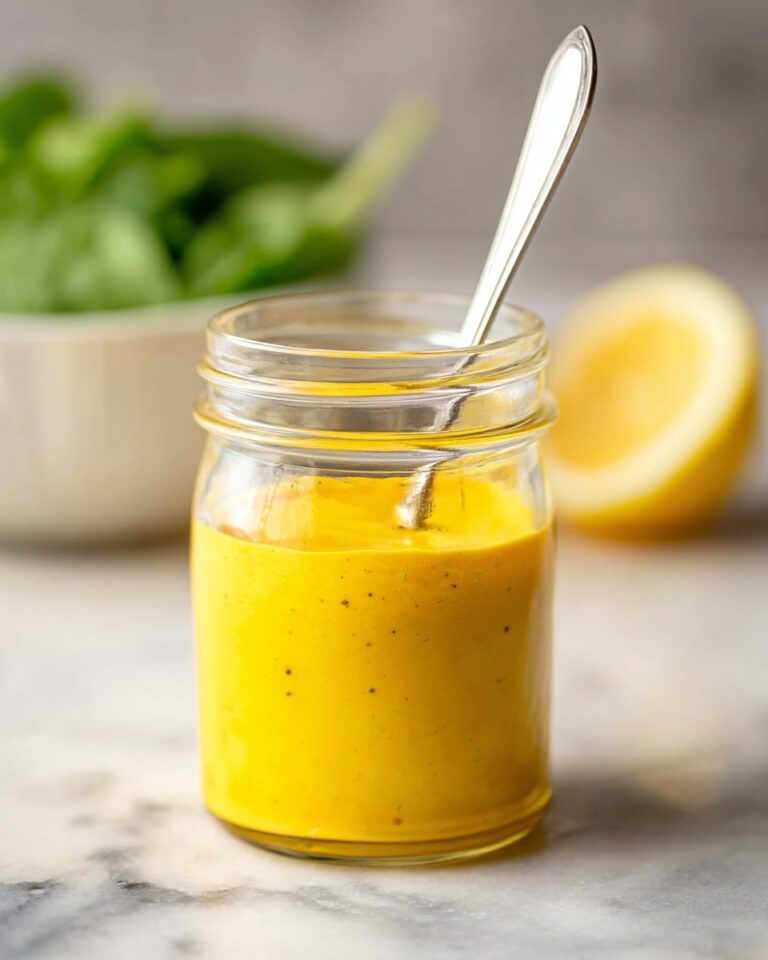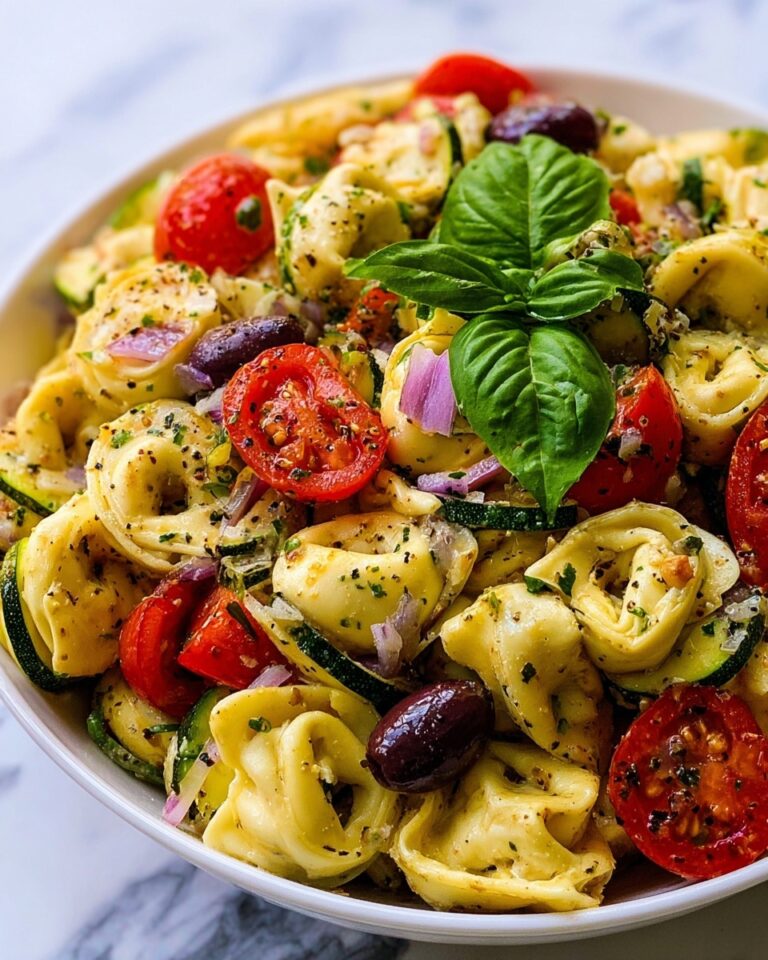If you are craving a delightful Filipino treat that is crunchy, slightly sweet, and utterly addictive, then this Binangkal Recipe is absolutely for you. Binangkal are these gorgeous little sesame-seed-coated dough balls that are golden-fried to perfection, offering a beautiful balance of crispiness on the outside and a soft, comforting center. Whether you’re enjoying them with your afternoon coffee or sharing them as a snack at gatherings, these bite-sized delights always bring joy and a touch of nostalgia to the table.
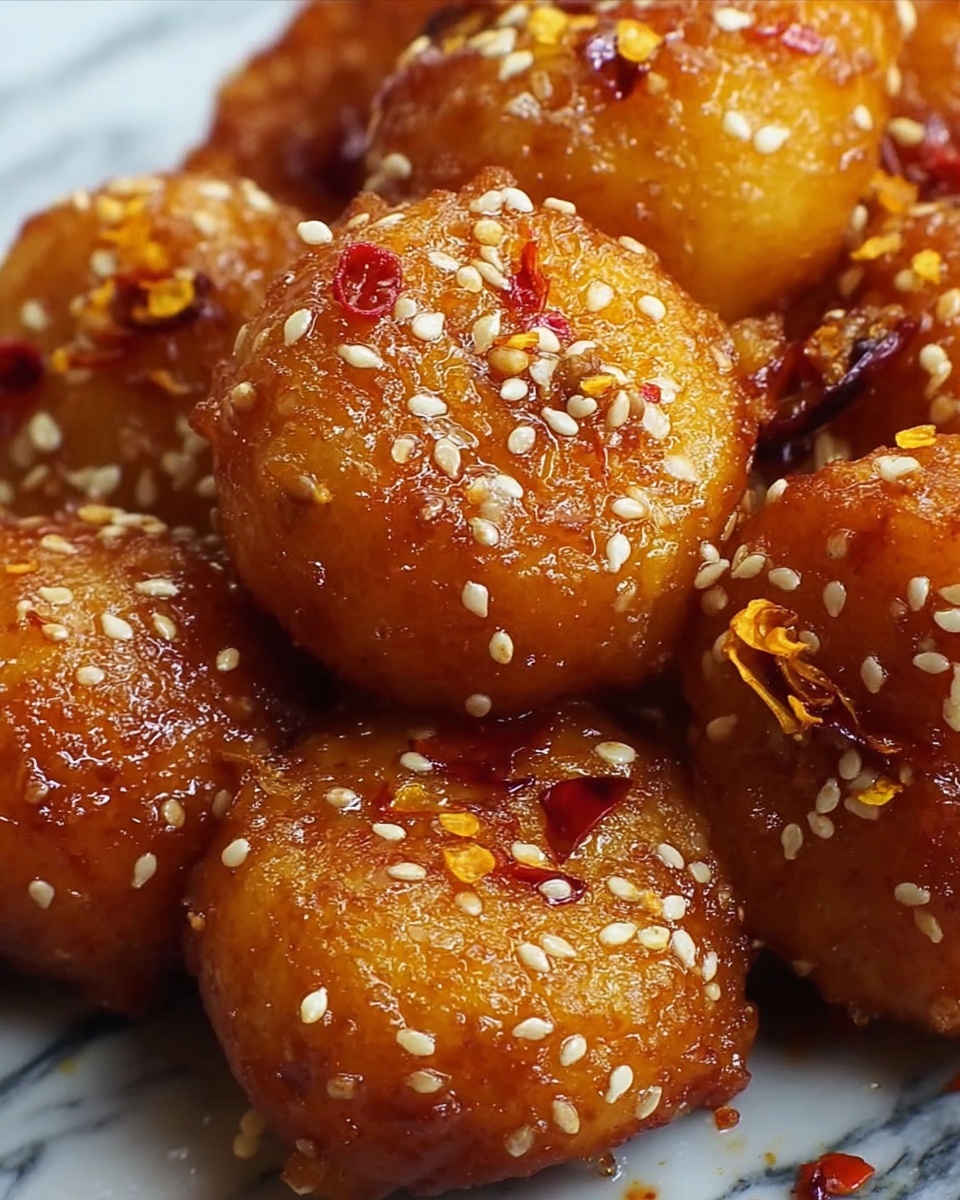
Ingredients You’ll Need
The ingredients for this Binangkal Recipe are simple, but each one plays an essential role in creating those perfect golden balls that everyone loves. From the all-purpose flour providing structure to the sesame seeds adding that signature nutty crunch, every component is carefully chosen to achieve the right texture and flavor.
- All-purpose flour: The backbone of your dough, providing the necessary structure and chewiness.
- Granulated sugar: Adds a subtle sweetness that balances perfectly with the sesame seeds.
- Baking powder: Gives the dough a slight lift, creating a lighter texture.
- Salt: Enhances the overall flavor and depth of the snack.
- Large eggs: Bind the ingredients together and contribute to richness.
- Evaporated milk: Adds creaminess and tenderness; you can substitute with coconut milk if you want a traditional twist.
- Vegetable oil (for dough): Keeps the dough moist and adds a bit of tenderness.
- Vanilla extract: Brings a subtle fragrant note that elevates the flavor.
- Sesame seeds: The star coating for that irresistible crunch and toasted aroma.
- Vegetable oil (for frying): Essential for deep frying the dough balls to golden perfection.
How to Make Binangkal Recipe
Step 1: Prepare the Dry Ingredients
Start by whisking together the flour, sugar, baking powder, and salt in a large bowl. This initial step ensures all your dry ingredients are evenly combined, setting the stage for a consistent dough.
Step 2: Combine the Wet Ingredients
In a separate bowl, beat the eggs until smooth, then mix in the evaporated milk, vegetable oil, and vanilla extract. These wet ingredients will enrich your dough and bring the flavors together harmoniously.
Step 3: Form the Dough
Pour the wet mixture into the bowl with dry ingredients and stir until a sticky dough forms. The dough should feel tacky but manageable, ready to be shaped into those fun little balls we all love.
Step 4: Shape and Coat the Dough Balls
Lightly oil your hands to prevent sticking and roll the dough into small balls around 1 to 1.5 inches in diameter. Then, generously roll each ball in sesame seeds until it’s fully coated – this step gives Binangkal their iconic crunchy exterior.
Step 5: Fry to Golden Perfection
Heat vegetable oil in a deep pan over medium heat. Once hot but not smoking, fry the dough balls in batches, turning occasionally to cook them evenly. After about 4 to 6 minutes, you’ll see them turn a beautiful golden brown. Drain on paper towels to remove excess oil.
How to Serve Binangkal Recipe
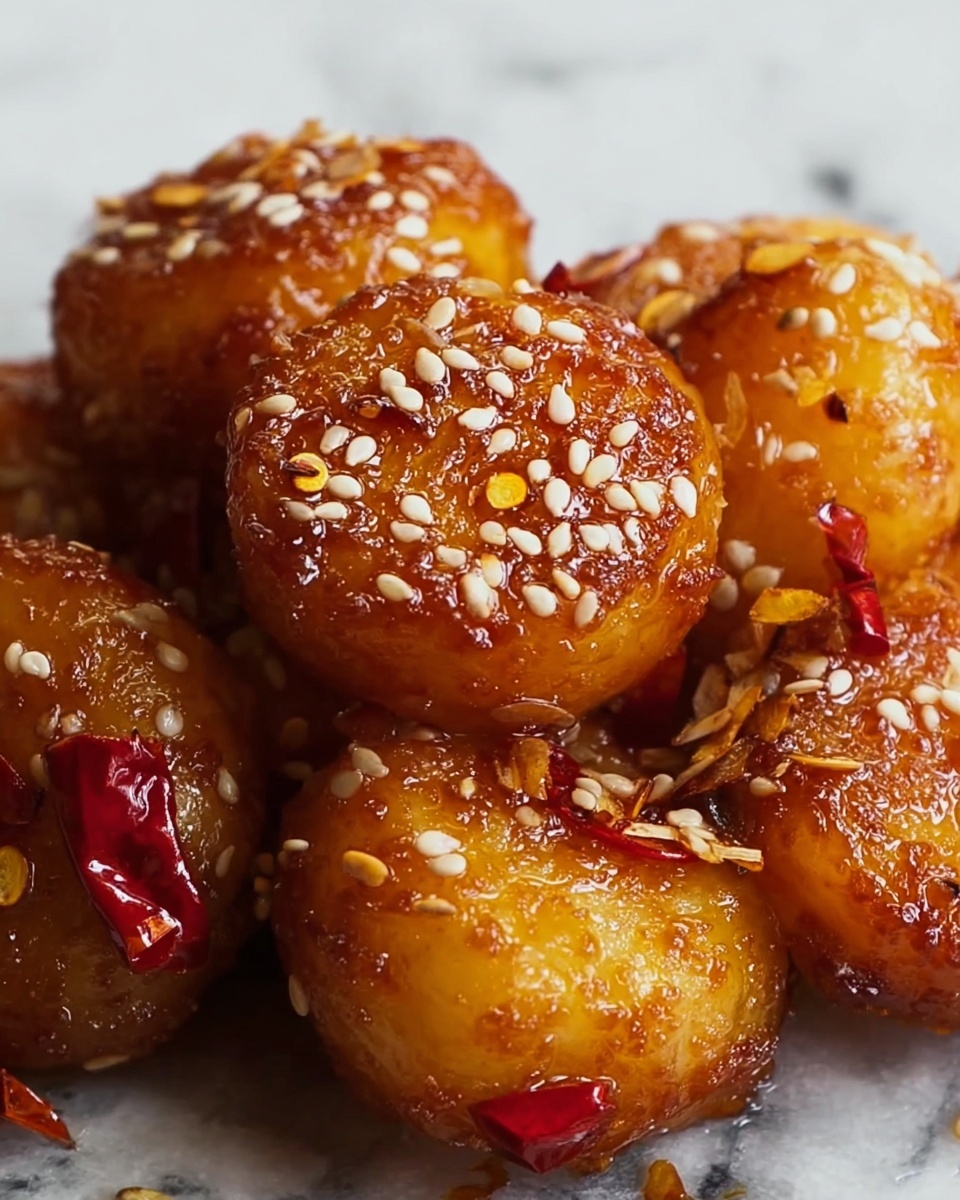
Garnishes
While Binangkal are delicious on their own, you can sprinkle a light dusting of powdered sugar or even a pinch of cinnamon sugar for a slightly different flavor kick. Some love a side of hot chocolate or coffee to dip these crispy delights into, which enhances their warm, comforting profile.
Side Dishes
Pair your Binangkal with Filipino mainstays like salabat (ginger tea) or a refreshing halo-halo for an adventurous snack experience. Their crunch and sweet notes complement many savory and sweet dishes perfectly.
Creative Ways to Present
For parties, serve Binangkal in charming little bamboo baskets lined with banana leaves for an authentic Filipino touch. You can also thread them on skewers paired with fresh fruit or drizzle a bit of honey on top for extra indulgence. These creative presentations make Binangkal the star of any gathering.
Make Ahead and Storage
Storing Leftovers
Store any leftover Binangkal in an airtight container at room temperature for up to two days. This helps retain their crunch and prevents them from becoming soggy.
Freezing
If you want to keep them longer, freeze Binangkal in a single layer on a baking sheet before transferring them to an airtight freezer bag. They freeze well for up to a month and can be fried again straight from the freezer.
Reheating
To bring back their signature crispiness, reheat Binangkal in a preheated oven at 350°F (175°C) for about 5 to 7 minutes. Avoid microwaving as it makes them soft and less enjoyable.
FAQs
Can I use coconut milk instead of evaporated milk?
Absolutely! Using coconut milk adds a lovely traditional Filipino flavor and a subtle creaminess that pairs wonderfully with the sesame seeds.
How do I know when the oil is hot enough for frying?
A good way to check is to drop a small piece of dough into the oil—it should sizzle and float to the surface within a few seconds without turning brown too quickly.
Can I bake Binangkal instead of frying?
While frying gives the classic crunch and golden color, you can bake them at 350°F until golden, but the texture will be different—not as crisp or rich as the fried version.
Why are my Binangkal dough balls turning out dense?
This could be due to overmixing the dough or using too much flour. Be sure to mix just until combined to keep them light and tender.
Can I add flavors or fillings to Binangkal?
While traditional Binangkal are simple, you can experiment with adding a pinch of cinnamon or even filling the dough balls with sweetened coconut or chocolate for a fun twist.
Final Thoughts
There’s something so heartwarming about making and sharing Binangkal Recipe with friends and family. This humble snack, with its perfect crunch and subtle sweetness, embodies the joyful spirit of Filipino cooking. I encourage you to try this recipe and experience the simple pleasure of these golden sesame balls yourself — I promise, once you start, they’ll become your go-to snack too!
Print
Binangkal Recipe
- Prep Time: 15 minutes
- Cook Time: 20 minutes
- Total Time: 35 minutes
- Yield: 24 pieces
- Category: Snack
- Method: Frying
- Cuisine: Filipino
- Diet: Vegetarian
Description
Binangkal is a traditional Filipino snack featuring deep-fried dough balls coated in sesame seeds. These golden, crispy treats are slightly sweet and have a delightful nutty flavor from the sesame crust, making them a perfect snack for any time of the day.
Ingredients
Dough Ingredients
- 2 cups all-purpose flour
- 1/2 cup granulated sugar
- 1 tablespoon baking powder
- 1/4 teaspoon salt
- 2 large eggs
- 1/4 cup evaporated milk
- 2 tablespoons vegetable oil
- 1 teaspoon vanilla extract
Coating
- 1/2 cup sesame seeds
For Frying
- Vegetable oil for frying
Instructions
- Prepare the dry ingredients. In a large bowl, whisk together the all-purpose flour, granulated sugar, baking powder, and salt until well combined to ensure an even distribution of leavening and flavor.
- Mix the wet ingredients. In a separate bowl, beat the eggs thoroughly. Add evaporated milk, vegetable oil, and vanilla extract to the eggs and mix well to create a smooth wet mixture.
- Form the dough. Gradually pour the wet mixture into the dry ingredients. Stir or mix until a sticky dough forms, ensuring all the flour is incorporated without overmixing.
- Shape the dough balls. Lightly oil your hands to prevent sticking and roll portions of dough into small balls approximately 1 to 1.5 inches in diameter for uniform cooking.
- Coat with sesame seeds. Roll each dough ball in the sesame seeds until fully coated, which will give the binangkal its signature nutty and crispy exterior.
- Heat the oil. In a deep pan, heat vegetable oil over medium heat. Make sure the oil is hot but not smoking to prevent burning the exterior while keeping the inside uncooked.
- Deep fry the dough balls. Fry the coated dough balls in batches, turning occasionally to brown evenly. Cook for approximately 4 to 6 minutes or until they turn golden brown and are cooked through.
- Drain and cool. Use a slotted spoon to remove the binangkal from the oil and drain them on paper towels to remove excess oil before serving warm or at room temperature.
Notes
- Ensure the frying oil is at the right temperature—not too hot—to avoid burning the exterior while the center remains raw.
- For a more traditional and richer flavor, coconut milk can be used instead of evaporated milk in the dough.
- Use lightly oiled hands when shaping the dough balls to prevent sticking and achieve uniform size.

